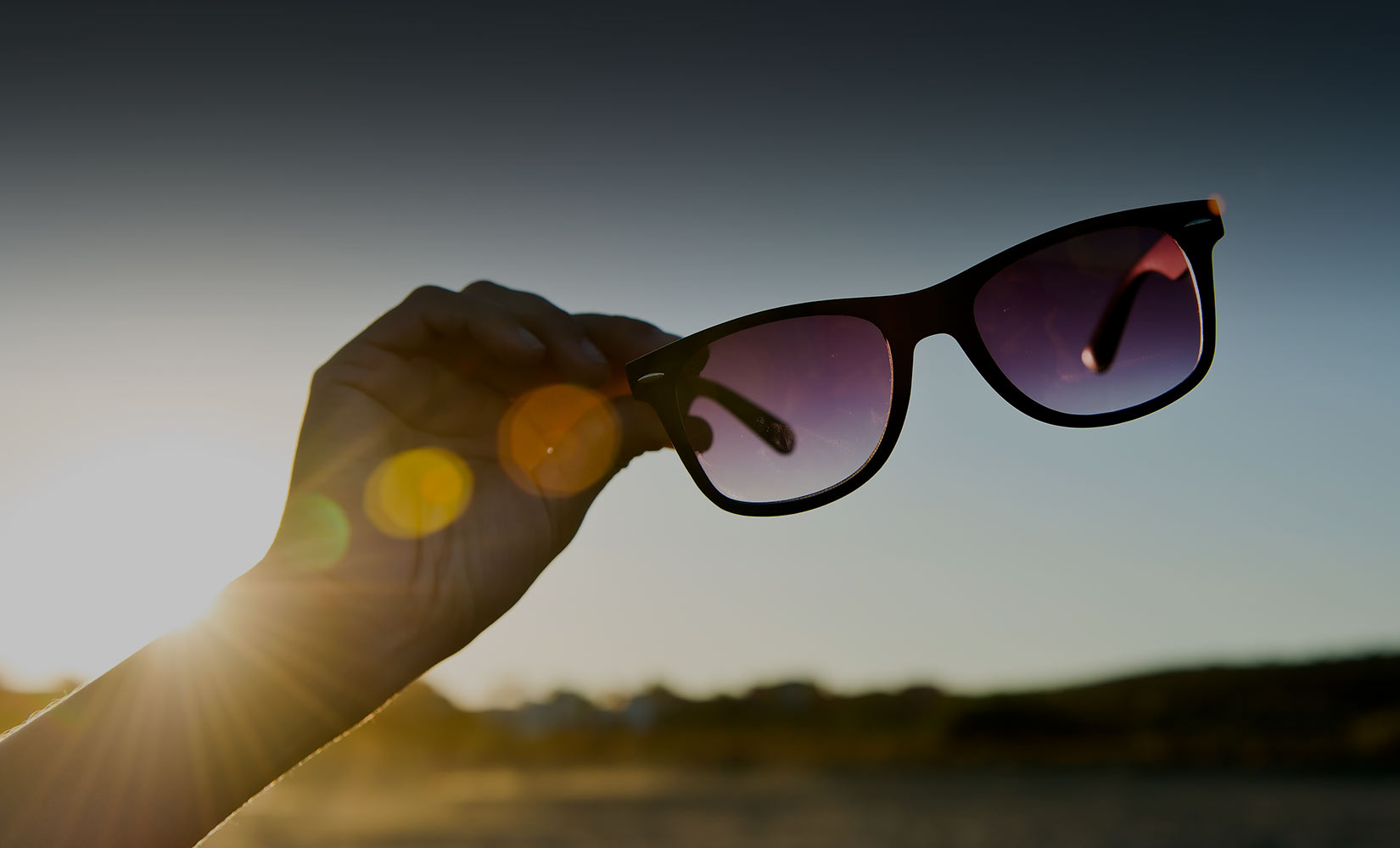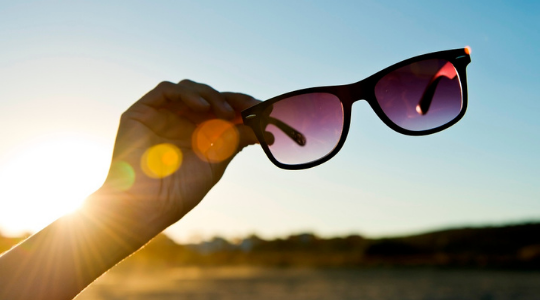
Sun Protection
Outdoor Work, Sports and Leisure
Working outdoors
Most skin cancers are caused by too much exposure to UV radiation. Outdoor workers can have up to 5 to 10 times more sun exposure than indoor workers and are at an increased risk of developing skin cancer. There are thought to be at least 5 people every day in the UK who develop skin cancer as a result of UV exposure at work.
Don’t be tempted
It’s a temptation for outdoor workers to peel off the layers when the weather gets hot and the sun appears. But our skin is not designed for prolonged exposure to the sun, so keep your shirt on!
Over exposure to the sun
In the short term over-exposure causes sunburn which is painful and unattractive. In severe cases it can cause blistering of the skin, which makes work a lot less comfortable.
Long term over-exposure speeds up skin ageing and can cause skin cancer. Each year in Northern Ireland there are around 4,361 cases of skin cancer and on average about 93 people die from malignant melanoma and from non-melanoma skin cancer.
Substances that increase sensitivity to UV rays
A number of medications can increase susceptibility to skin damage from UV radiation. These include some antibiotics, drugs for high blood pressure, anti-depressants, some medication for skin conditions, drugs that suppress the immune system (e.g. those used after organ transplants) and non-steroidal anti-inflammatories.
Check with a doctor about prescribed medicines and take extra sun protection precautions if taking such medication.
Some people develop photosensitivity to UV radiation as a result of contact with certain substances such as pitch, coal tar, dyes, chlorinated hydrocarbons, wood preservatives and some plants. Photosensitivity is an abnormal reaction in the skin or eyes and extra precautions should be taken if exposure to these substances is a possibility.
If you are experiencing skin sensitivity contact your GP or your work’s doctor for advice.
Protect your skin when working outdoors
- Be UV Aware – check the UV index and if it is forecast to be 3 or more protect your skin and eyes
- Cover up, wear a hat that protects your head, ears and neck
- Keep your shirt on, wear t-shirts or long sleeve shirts
- Sunglasses, with UVA and UVB protection. Look for 100% UV protection, the CE kite mark, the UV 400 label and the relevant EN standard. Sunglasses for general use should meet the standard EN ISO 12312-1. There are other EN standards which may apply if you need UV eye protection at work. More information on the EN standards for eye protective equipment is available here
- Sunscreen, minimum SPF 30 and 4 or 5 star rating. Apply generously and reapply often. Always use on ears, neck and face, even with a hat
- Find a shady spot, if possible work in a shaded area and especially at lunchtime (strongest UV radiation is between 11am and 3pm) take your break in the shade. Even on cloudy days, UV rays can filter through
- Many people call the skin burning they receive on cloudy days, wind burn, this is not correct, it is caused by UV rays filtering through the cloud cover causing sunburn
Information resources on sun safety when working outdoors are available here.
Check your skin
Check your skin regularly. Here’s how

CARE IN THE SUN
RISK FACTORS
Anyone can develop skin cancer, whatever their skin colour. However, certain skin types are more at risk from the effects of UV radiation than others.
SKIN PROTECTION
Too much ultraviolet (UV) light, either from natural sunlight or from artificial sources such as sunbeds, is the main cause of 80% of skin cancers.
SUNBEDS
Sunbeds, tanning booths and sun lamps give out ultraviolet (UV) rays that can damage your skin and can make it look wrinkled, older or leathery.


